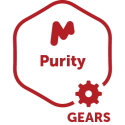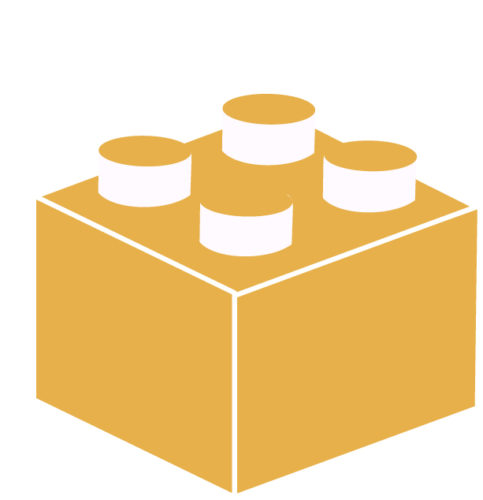Leveraging the power of automated analysis: let your ideas flow
Experts working with chemistry – from small molecules right up to macromolecules and from pure compounds through to complex mixtures – know that the analytical data acquired by the instruments is empty and meaningless without analysis and interpretation. It takes education, and then expertise developed over many years, to piece together all the clues from the analysis and interpret the data to really make it meaningful. However, with the growth in popularity of high throughput analyses as well as so-called Design-Make-Test-Analyze cycles producing huge volumes of data, scientists and experts are becoming overloaded with data processing and management tasks in which they spend most of their time!
Luckily, advances in lab informatics tools and AI algorithms have reached a point where they can hugely and effectively help in automating data workflows to allow experts to focus on getting insights from the data and solving those really tricky problems. But when it comes to changing your lab processes and implementing new software tools, you may wonder what tasks you CAN automate, and what are those you SHOULD automate.
In this article we explain the kind of analysis that can be automated with our automation engine Mnova Gears and give you some examples of workflow automations we have developed for our customers so you can let your ideas flow…
You can and you should automate…
While applications may differ from lab to lab, data workflows almost always involve similar tasks that can be easily delegated to an automation engine to carry out. These are usually:
REPETITIVE tasks: such as data retrieval, opening, processing, reporting, archiving, etc.
SIMPLE tasks: such as applying a formula to obtain a score, applying a layout template to a report, saving results in multiple formats and/or to multiple locations, etc.
PREDICTABLE tasks: such as flagging discrepancies and/or suggesting actions based on pre-defined set of rules, comparing and validating data, etc.
Now, let’s look at some of the workflows that we’ve helped to automate recently…
Example 1: Real-time structure verification and compound registration workflow
This automated workflow has been developed for a research lab at Genentech to verify molecular structures of newly synthetized compounds and register them to their internal database – in real time and with no human intervention. In their workflow, 1D/2D NMR and LCMS raw data from multiple instrument vendors are detected and paired with the expected chemical structure, processed, and analyzed, then compared with the proposed structure. The result of the comparison is delivered as a score that can be easily interpreted by the expert reviewer, and pasted into a report that is automatically generated and saved to the database. The detailed workflow is presented in this webinar.
Example 2: Unattended quality control data analysis
This QC automation solution has been implemented at Novartis, to control the quality of their DNA Encoded Libraries before release to the market. In this case, LCMS data from 96 or 384 well plates with DNA conjugates are collected from 2 LCMS-TOF spectrometers and batch processed by Mgears to calculate the purity and identify impurities. The analysis output is then... Read More






















































